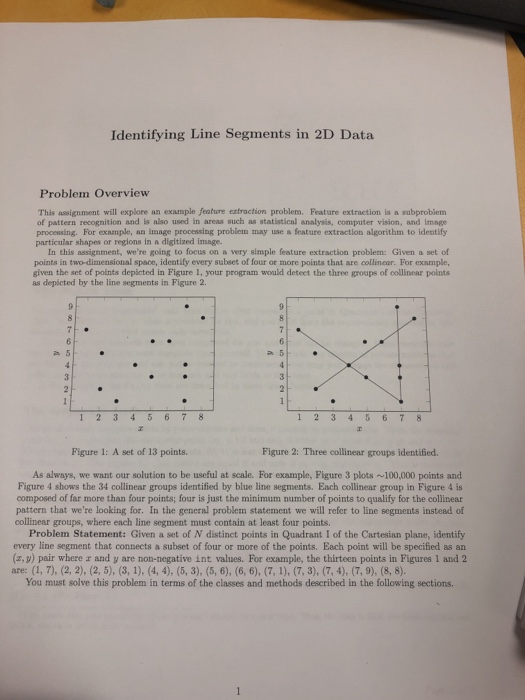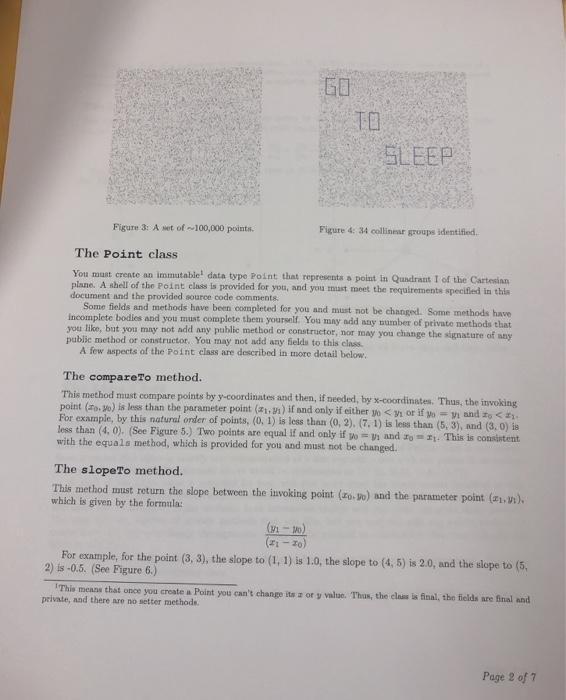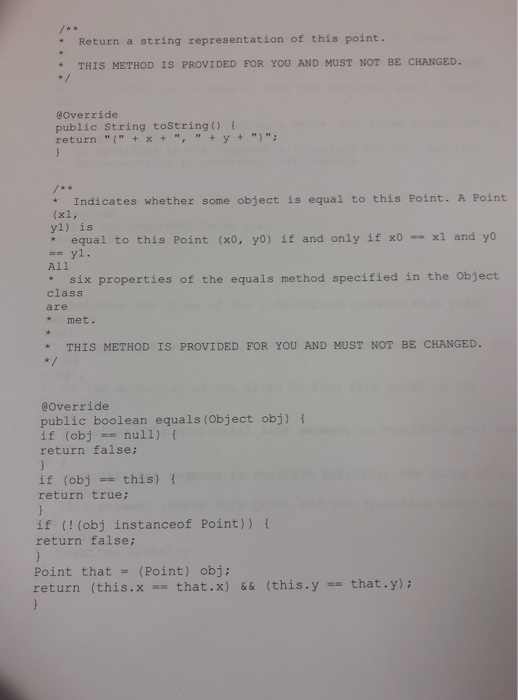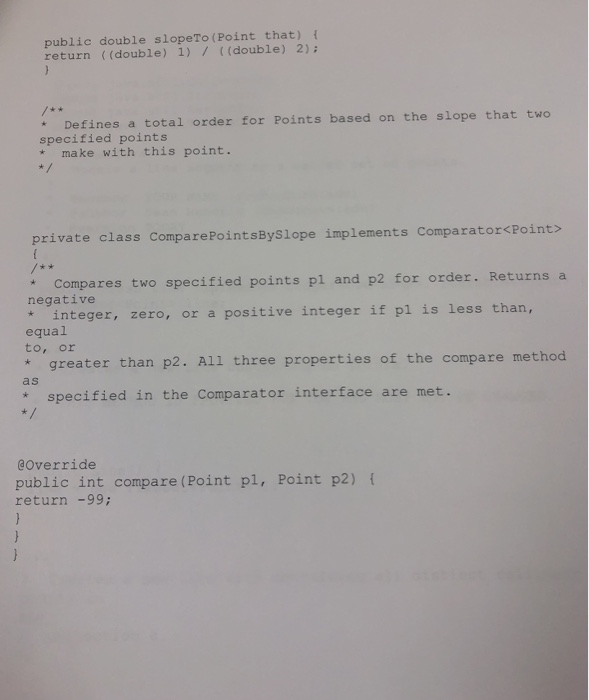Answered step by step
Verified Expert Solution
Question
1 Approved Answer
Using java Implment the bodies following the next pattern Identifying Line Segments in 2D Data Problem Overview This assignment will explore an example feature extraction
Using java 



Implment the bodies following the next pattern




Step by Step Solution
There are 3 Steps involved in it
Step: 1

Get Instant Access to Expert-Tailored Solutions
See step-by-step solutions with expert insights and AI powered tools for academic success
Step: 2

Step: 3

Ace Your Homework with AI
Get the answers you need in no time with our AI-driven, step-by-step assistance
Get Started


